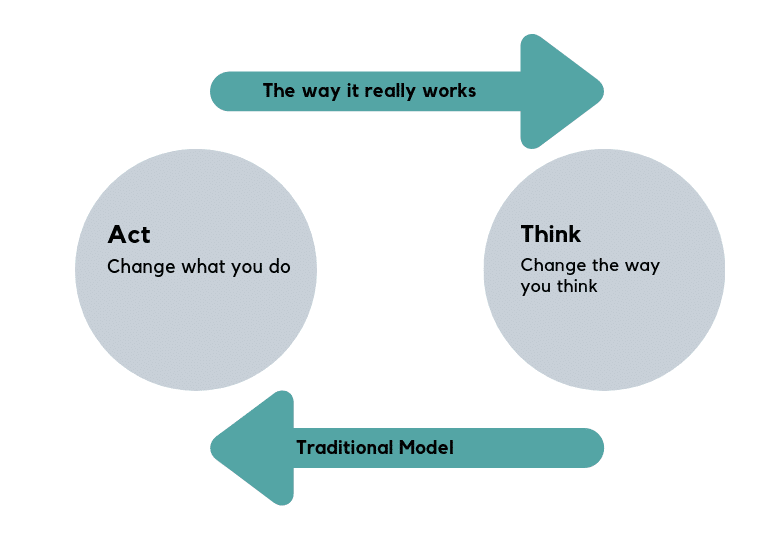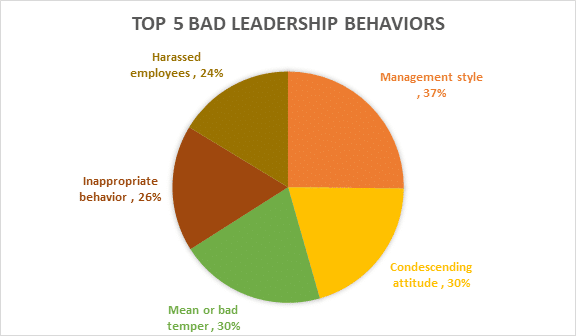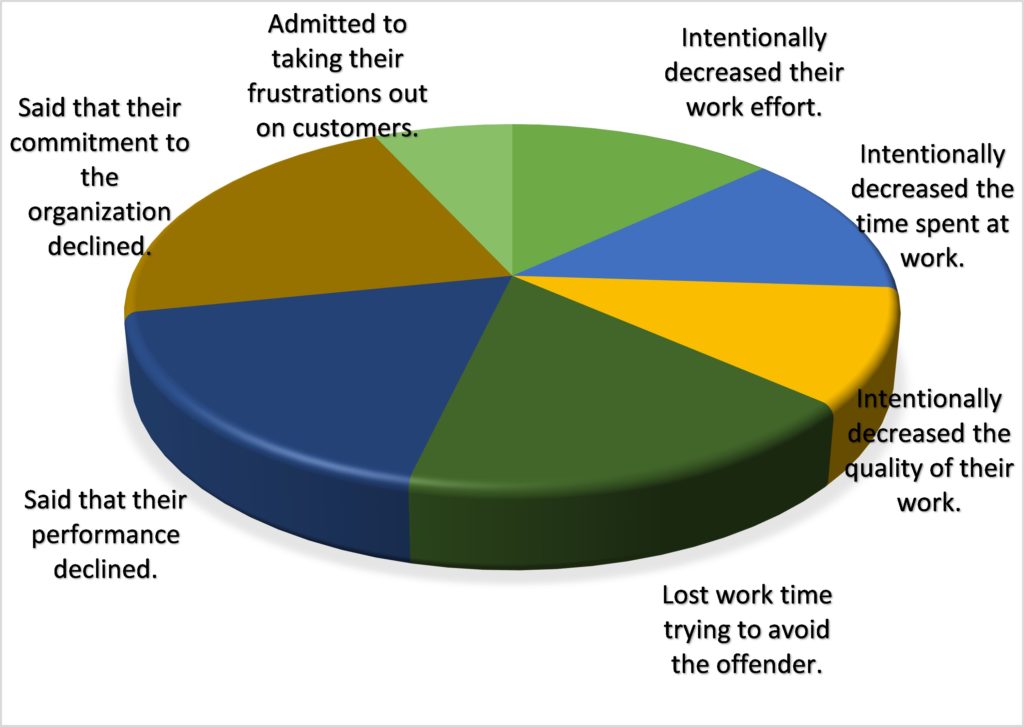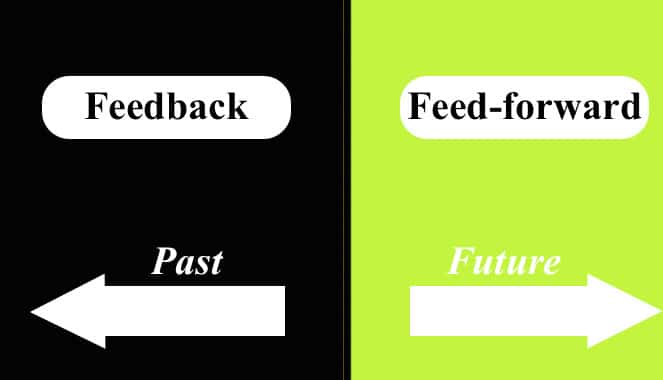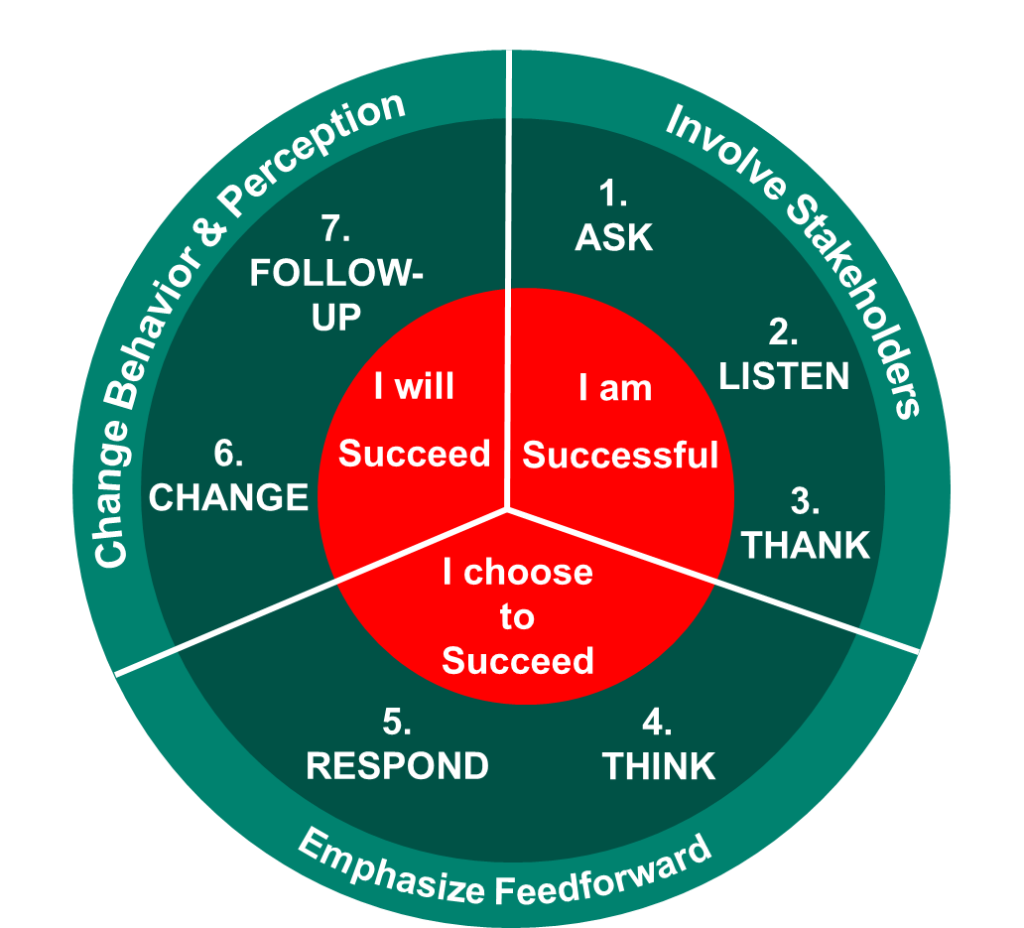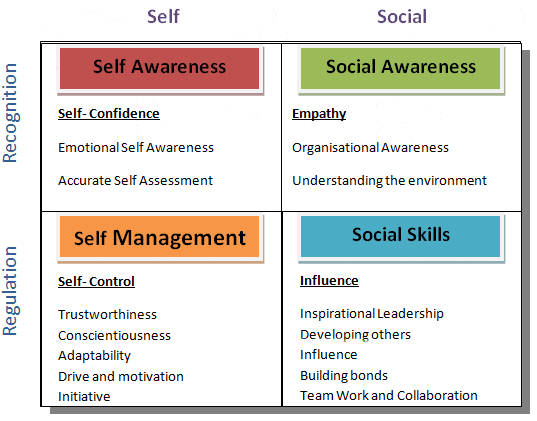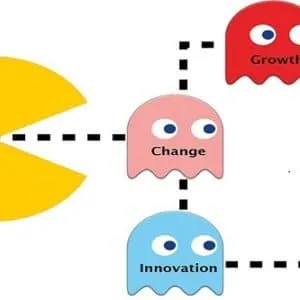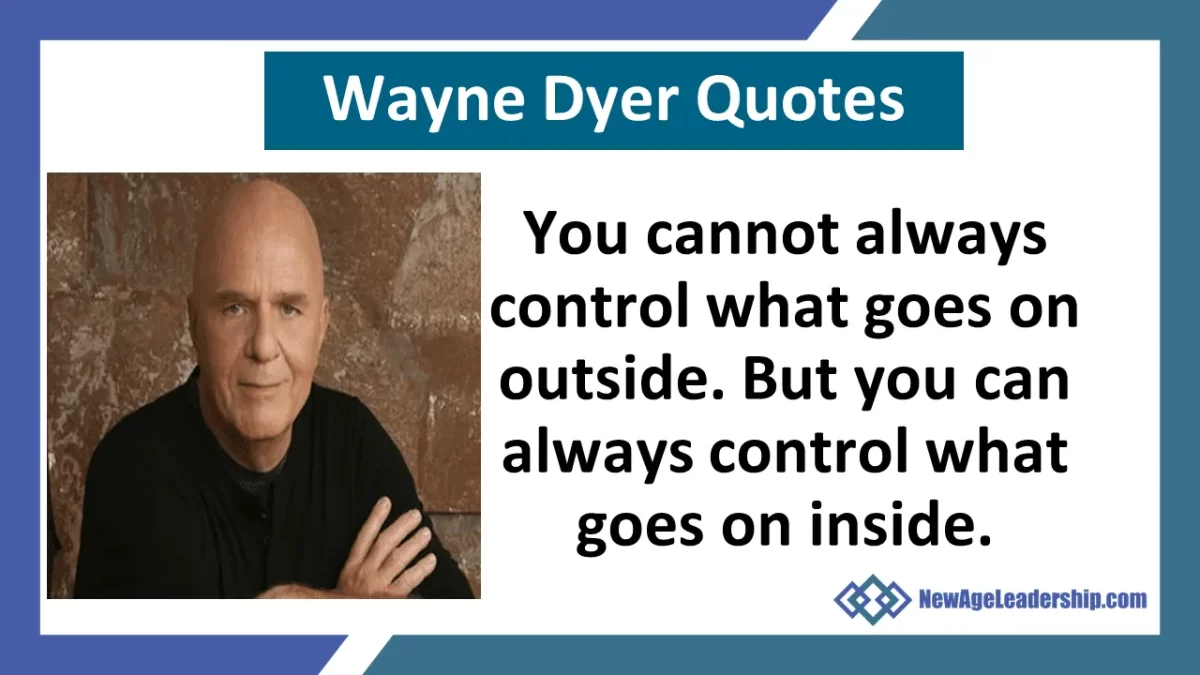Why is leadership important? How does it contribute to the success of organizations?
Organizations today work in a disruptive and rapidly changing business environment. Does leadership matter in such an environment? Why is leadership important? How does leadership development contribute to the successes of organizations? Here are some hard facts to answer the question – Why is leadership important?

Organizations, at times, fail to understand the importance of leadership. The primary reason is that the impact of leadership is intangible and difficult to measure. However, there is a powerful relationship between good leadership and employee engagement and performance.
Is leadership important to an organization’s performance? What is the relationship between the performance of an organization and the quality of its leadership? This is the question that I will try to answer in this article.
Employee potential versus Employee performance
How much of your capability or potential do you get to use at work? If we count your total potential at 100%, how much of it do you get to use at your job? Is it 10%? 25%? 50%? 90%? Or a full 100%? Think about it for a moment and just give the number that comes to mind. What is your answer?
Over the years, I have asked this question to thousands of participants who have gone through my leadership training or coaching programs – and the average comes to roughly 50%!
Most employees feel that they have many more skills, capabilities, and talents than they get to use at work. Leadership behaviors determine how employee potential get utilized at work. Under the right leadership style, the same employee can perform much more efficiently and be more engaged at work.
Imagine paying a 100% salary to use only 50% of your entire human capital’s capabilities and potential!
Working for a good leader vs. working for a not so good leader
Throughout our careers, most of us have experienced working under a good leader. In all likeliness, we have also worked under a not so good leader! Recall your personal experience. How was it working under a good leader? How about working under a not so good leader? What were the differences?
Who could use more of your capabilities and potential? The good leader or the not so good leader?
The answer is obvious – good leaders bring out a lot more of an employee’s total potential. Good leaders encourage others to work to the best of their abilities, inspire them, and abet their motivation. They have a clear vision about things they say and give the right direction whenever required. Such leaders possess traits that people willingly follow.
On the other hand, poor leadership behaviors have a measurable and significant detrimental effect on the entire team.
Read the article on the collateral damages of poor leadership behaviors-Poor Leadership Behaviors & its Collateral Damage.
Read: Which is the best leadership development program?
Our anecdotal experience is supported by more than 35 years of research by Kouzes and Posner.
Why is leadership development important?
- It matters to people’s commitment to work.
- It matters to their willingness to work hard and take the initiative.
- It matters to the meaning they derive from their efforts.
- And it matters to their overall ability to perform beyond the ordinary.
Good leaders bring out the best in individuals, teams, and organizations. Extraordinary performance requires extraordinary leaders. The leader’s personality has a significant influence on any organization’s performance or any group of individuals. The leader’s traits and values enable the employees to perform optimally and accelerate their performance to a great extent.
What factors contribute to an organization’s success? Korn Ferry Study
A study by the KF Hay group identified five factors that contribute to any organization’s success.
- Strong franchises: Strong brands act as a moat. Example – Coca-cola, Apple, etc.
- Munificent or beneficial environments: An environment helpful to business. Example – Silicon valley for technology.
- Intellectual Property Rights: Patents and copyrights protect companies against competition and hence help their financials. Example – Qualcomm, Pharma companies.
- Regulatory Barriers: Regulatory barriers protect the entry of competitors benefiting the existing players’ telecom in the middle-east and some African countries are expensive, but companies are highly profitable
- Massive Resources: Capital, natural resources, the scale of operations act as a competitive advantage. Example: Google, P&G, Nestle, etc.
These five factors combined account for 65% of the financial performance of any organization.
Leadership accounts for 35% of the bottom line!
The other 35% of the performance is attributed to leadership behaviors and the culture it creates! Leadership behaviors account for 35% of an organization’s financial performance, which makes it the single most crucial factor. Leadership behaviors drive organizational culture. Organizational culture, in turn, drives business performance. How did Korn Ferry measure performance? Based on the profits, balance sheet, and people engagement levels in an organization.
If leadership accounts for more than a third of an organization’s performance, what are the implications? It means that leadership development is the single most massive lever available to drive an organization’s performance! And it is probably the only factor that is entirely within the circle of the influence of the organization.
Harvard study: Good leaders develop more leaders under them!
Here is the conclusion from a Harvard study that compared good leaders vs. bad leaders. What criteria did they use to identify the good vs. the bad leaders? The leaders who were in the top 10th percentile of their peer group were considered as good leaders, while those who ranked in the bottom 10th percentile were found to be the not so good leaders.
Subordinates of good leaders are 2.5 times more effective leaders themselves compared to subordinates of bad leaders!
Read: Is leadership development important? Effect of good or poor leadership on the bottom-line
Good leadership has a cascading (and a multiplier) effect – all the way down to the front line employees.
Good leaders develop more leaders under them, who, in turn, develop people under them. This cascading and multiplier effect of ethical leadership can be felt at all levels of the organization, all the way down to the front line.
Leadership makes the difference!
Most large companies today, have access to a similar pool of talent. They also have similar access to capital, technology, and other resources. What is the differentiating factor? What makes one company successful while others may go out of business?
The difference comes down to how much of these available resources – people and others – get utilized by the organization. Do people work as a cohesive team and for the common goals of the organization? Or are there silos and a race for individual benefits at the cost of the greater good? Leadership behaviors create the culture, which drives employee engagement and eventually business performance.
Good leadership and good organizational performance are highly correlated.
Read: Poor Leadership Behaviors & its Collateral Damage.
Develop your leaders using the best and most effective leadership program
NAL Triple Advantage Leadership Coaching.
That delivers guaranteed and measurable leadership growth. It is based on a stakeholder-centered coaching process with a 95% effectiveness rate (in a study or 11000 leaders on 4 continents). It is used by companies ranging from startups to 150 of the Fortune 500 companies to develop their leaders.
Here are some of the salient benefits of NAL Triple Advantage Leadership Coaching
Time and resource-efficient: The leader does not have to leave work to attend training programs. We go to the leader and her team. And it only takes 1.5 hours per month. The rest of the time, the leader is working to implement with her team.
Separate and customized improvement areas for each leader: Every leader is different. One size fits all approach doesn’t work. Individual development areas for each leader aligned to the business strategy.
Involves entire team: Unlike most leadership programs, NAL Triple Advantage Leadership Coaching involves the leader’s entire team, and it has a cascading effect – increasing the team effectiveness and improving organizational culture.
The leader becomes the coach: for continuous improvement for leaders themselves and their teams. It is like kaizen for your leadership development.
Cost-Effective: Our entire one-year coaching engagement often costs less than sending the leader to a short duration leadership program at any reputed B school.
Guaranteed and measurable leadership growth: as assessed – not by us – but anonymously rated by the leader’s own team members.
Pay us only after we deliver results!: We work with many of our clients on a pay for results basis. What does it mean? If the leaders don’t improve, you simply don’t have to pay us.
Schedule an exploratory 15-minute conversation with our leadership adviser today
Click the button below.






